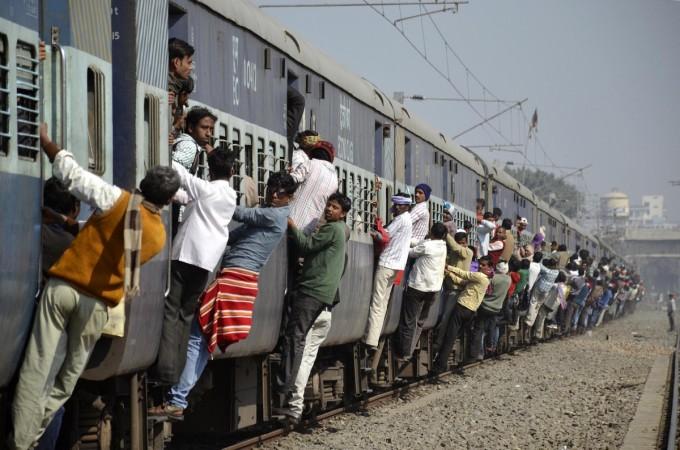
Travellers by train have reasons to both rejoice and despair, with Indian Railways increasing the number of berths that fall in the Reservation Against Cancellation (RAC) category of trains, while decreasing the number of seats available in Tatkal quota of all Shatabdi, Duronto and Rajdhani trains.
Increase in number of RAC seats
RAC seats — allocated to those who do not get confirmed tickets in trains because they have just been all filled up — will be seeing an increase across second-class air-conditioned (2 AC), third class air-conditioned (3 AC) and sleeper coaches. According to an official statement from the Railway Ministry: "The move will help in allowing more persons to travel in the train."
The statement said the number of RAC seats in sleeper classes — usually side lower berths — had been increased from five to seven in the sleeper class, from two to four in 3 AC and from two to three in 2 AC. Since each RAC berth accommodates two people, now 14 people can travel with RAC tickets in sleeper class, eight people in 3 AC and 6 people in 2 AC.
Indian Railways added in the statement: "The enhanced RAC accommodation will be available in trains in which booking will be opened from January 16, 2017."
Reduction in Tatkal quota
Quota for Tatkal tickets — whose bookings "open at 10 am for AC classes and 11 am for non-AC classes one day in advance of actual date of journey excluding date of journey" — have been reduced for all Duronto, shatabdi and Rajdhani trains, with effect from Tuesday, December 20, for six months.
According to a second Railway Ministry statement: "...The Tatkal quota should be reduced to 10 percent of the total class-wise accommodation. Thereafter, fortnightly review of utilisation of Tatkal quota will be undertaken by CCMs of Zonal Railways and based on its utilisation, Tatkal quota may be increased up to a maximum of 30 percent of total class-wise accommodation in the train."








![BJP fields Tashi Gyalson for Ladakh; drops sitting MP [details]](https://data1.ibtimes.co.in/en/full/797185/bjp-fields-tashi-gyalson-ladakh-drops-sitting-mp-details.jpg?w=220&h=138)








![BJP fields Tashi Gyalson for Ladakh; drops sitting MP [details]](https://data1.ibtimes.co.in/en/full/797185/bjp-fields-tashi-gyalson-ladakh-drops-sitting-mp-details.jpg?w=220&h=135)